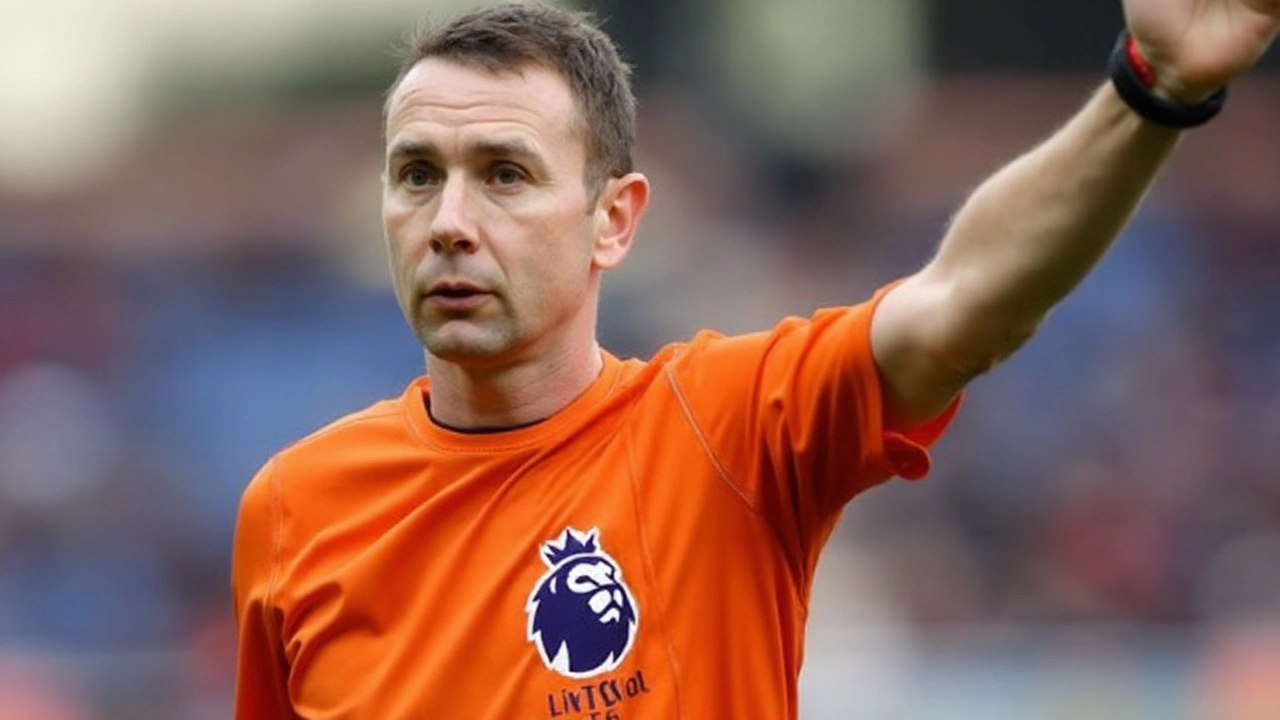Premier League referee: how the officials run the game
Ever wondered why a certain foul gets a yellow while another slips by? It’s the referee’s job to read the game in real time and make split‑second calls. Understanding what they look for makes the match more enjoyable and less confusing.
The referee’s day‑to‑day duties
A Premier League referee starts the day with a fitness test, a briefing on the teams and any new rule updates. On the pitch they control the ball, watch player behaviour, and keep track of time. They work with two assistant referees on the sidelines and a fourth official who handles substitutions and injury reports. Every decision—whether it’s a handball, off‑side, or a penalty—gets recorded for later review if needed.
One of the toughest parts is staying neutral when the crowd roars. Referees train to ignore the noise and focus on the players’ actions. They also have to manage the game’s flow, allowing quick passes when the play is open and slowing down when tactics become too aggressive.
Tech tools that shape modern officiating
Since 2019, VAR (Video Assistant Referee) has become a permanent feature in the Premier League. VAR steps in for clear‑and‑obvious errors like missed penalties, offsides, or goal‑line decisions. The on‑field referee can review a VAR suggestion on a pitch‑side monitor, then either stick with the original call or change it.
In addition to VAR, referees use goal‑line technology, electronic communication headsets, and wearable GPS trackers that monitor their distance covered. These tools help them stay fit, communicate with assistants, and make more accurate calls.
Fans often blame VAR for ruining the game’s rhythm, but the technology actually reduces major mistakes. Knowing when VAR will be used—usually after a stoppage—helps you anticipate a possible review and understand why a decision changes.
If you’re watching a match and a call seems harsh, ask yourself: Did the referee see the whole incident? Was there a clear view for VAR? Most controversies stem from subjective judgment rather than a broken rule.
For anyone thinking about becoming a referee, the pathway starts with a Level 1 badge from the FA. From there you progress through local leagues, attend regular training, and eventually qualify for the Professional Game Match Officials Limited (PGMOL) program that supplies Premier League officials.
Bottom line: Premier League referees juggle fitness, rule knowledge, and technology to keep the game fair. Knowing their tools and responsibilities makes you a smarter viewer and cuts down the frustration when a call doesn’t go your way.

David Coote pleads not guilty to Category A child image charge as case heads to Crown Court
Former Premier League referee David Coote pleaded not guilty to a Category A child image charge at Nottingham Magistrates’ Court. He was granted conditional bail and the case was sent to Crown Court for an October 9 hearing. Prosecutors say a video involving a 15-year-old was found after an FA device check. The charge follows his 2024 dismissal by PGMOL and a UEFA ban until 2026.
September 11 2025